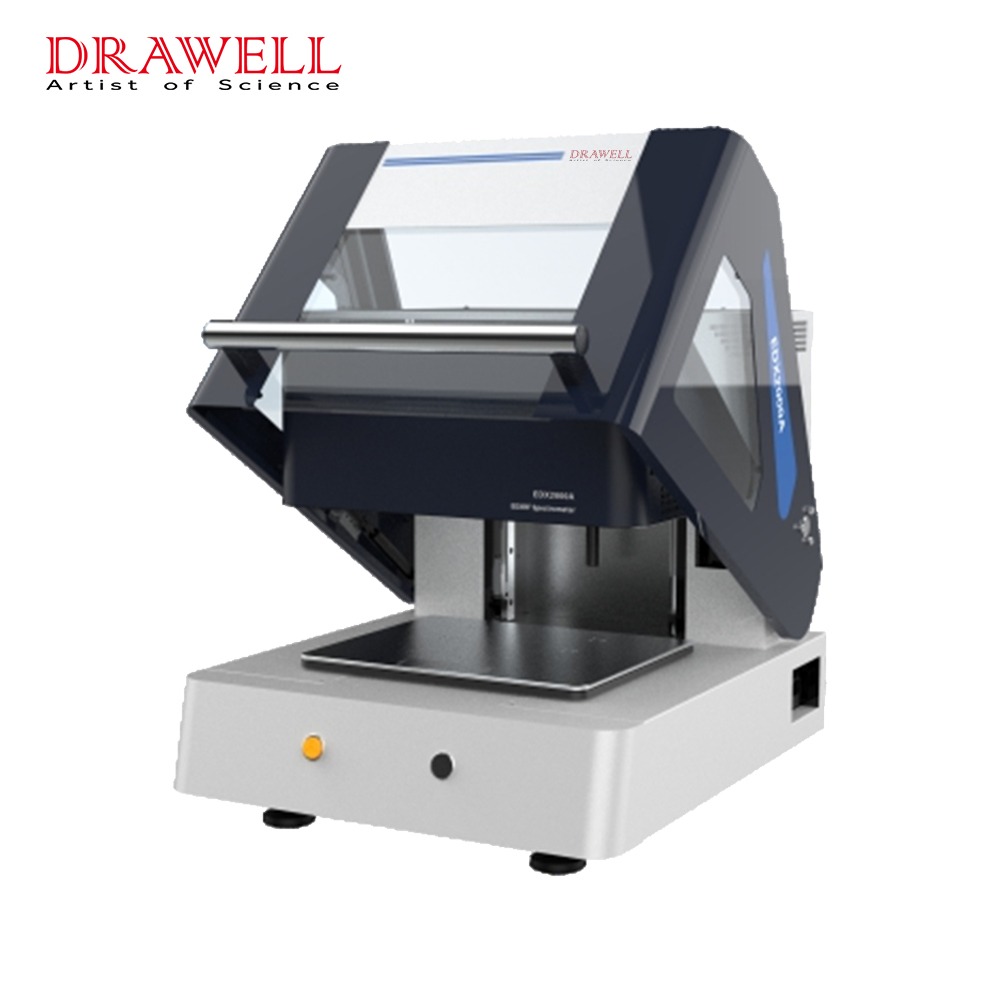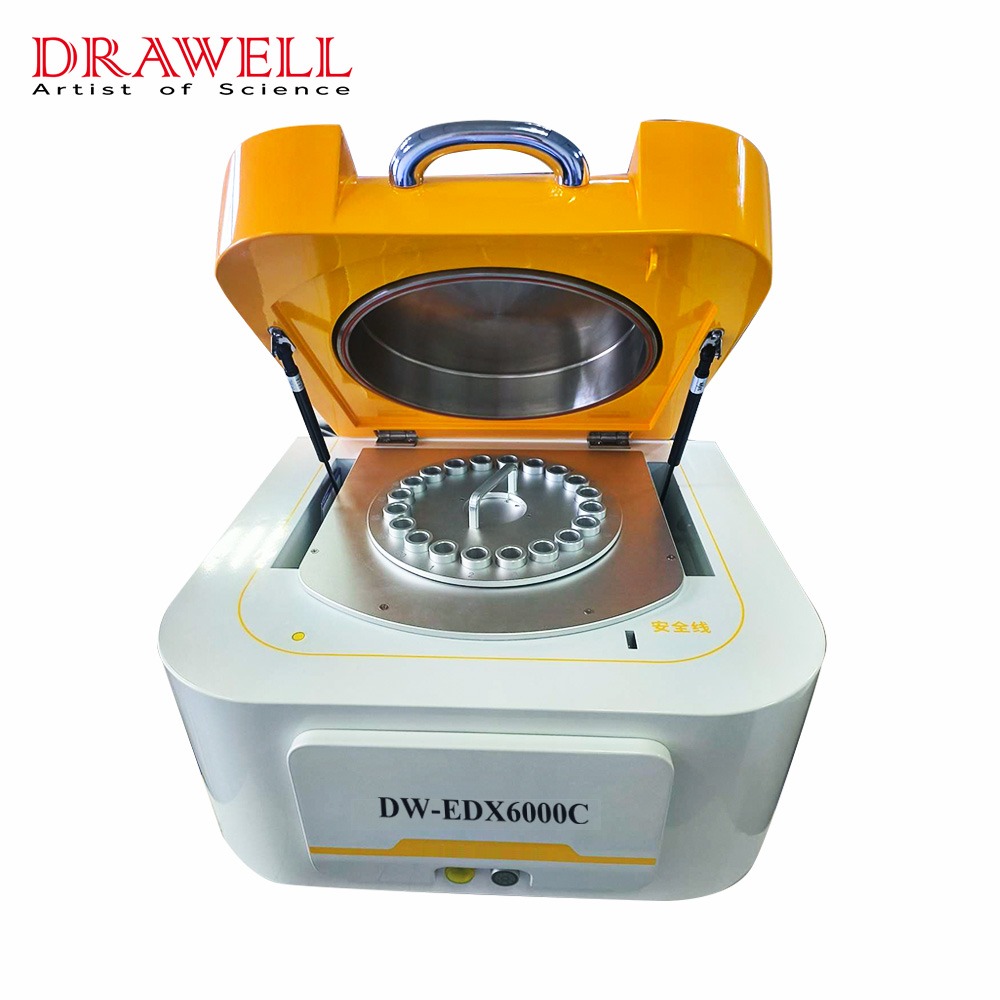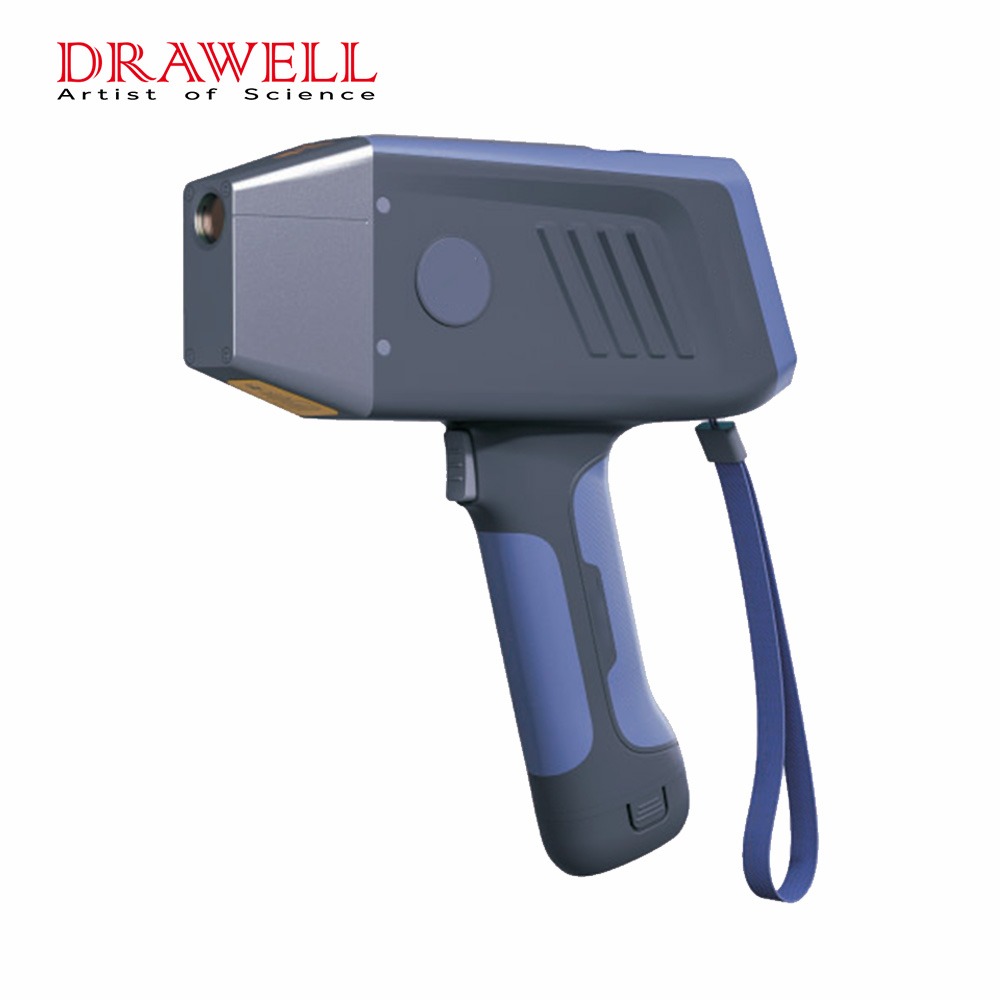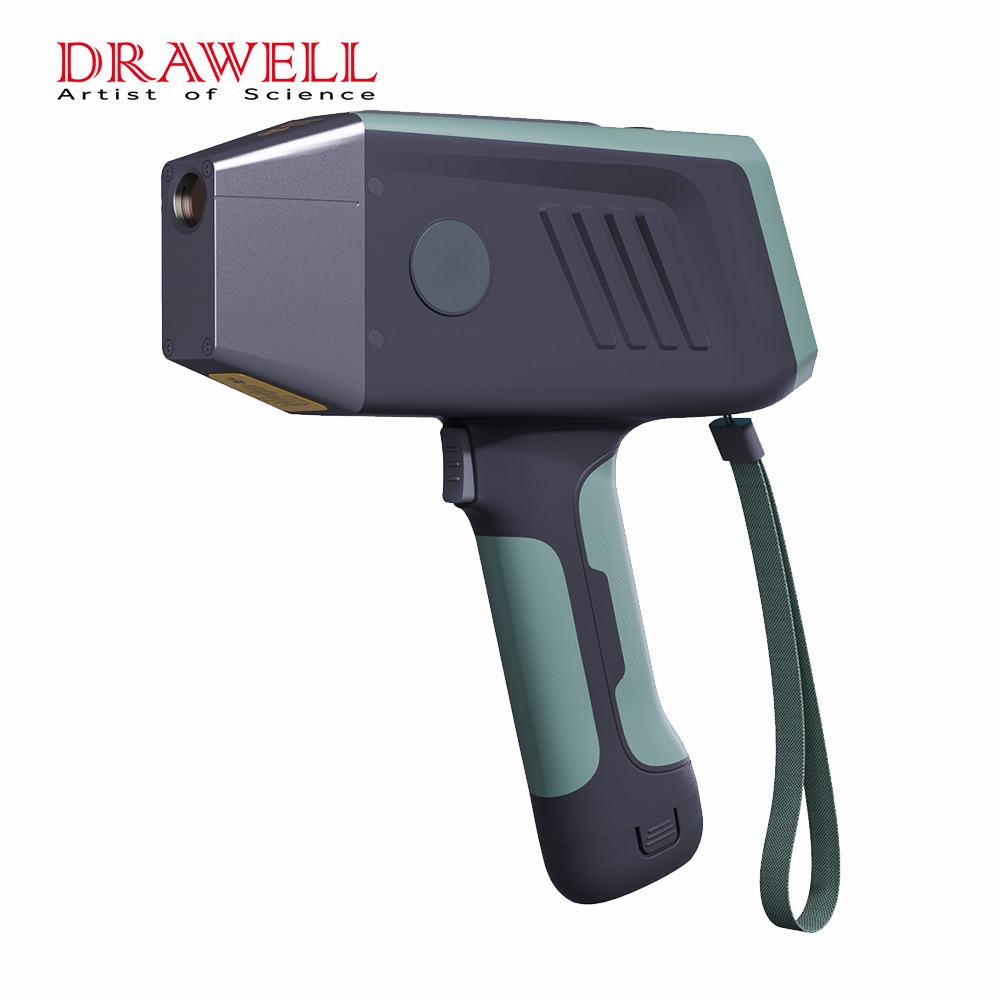X-ray Fluorescence (XRF) analysis stands as a powerful analytical technique widely utilized in various industries for elemental analysis. Whether it’s environmental monitoring, mining, pharmaceuticals, or materials science, XRF analysis provides valuable insights into the elemental composition of samples. However, to ensure accurate and reliable results, proper sample preparation is crucial. In this article, we delve into the fundamentals of sample preparation for XRF analysis, exploring sample types, factors affecting preparation, common techniques, best practices, and concluding with key takeaways.

What are the XRF Analysis Samples?
X-ray Fluorescence (XRF) analysis is a non-destructive technique used to determine the elemental composition of a material. There are three main types of samples that can be analyzed by XRF:
- Solids
Solids are the most common type of sample analyzed by XRF. They can be in the form of filings, chips, discs, or even geological cores. The ideal solid sample for XRF analysis will have a flat, smooth surface.
- Powders
Powders are another common type of sample analyzed by XRF. Powders can be analyzed directly, or they can be pressed into pellets for analysis. Pressing powders into pellets can help to improve the homogeneity of the sample and reduce errors in the analysis.
- Liquids
Liquids can also be analyzed by XRF, although they are less common than solids or powders. XRF liquid samples are typically analyzed in special cups that have an X-ray transparent window.
The form of your sample will determine the most suitable preparation method.

Factors Affecting Sample Preparation for XRF
As we talk above, the type of sample you are analyzing will determine the best course of action for preparing it. There are other several factors that can affect sample preparation for XRF analysis. Here are some of the most important ones:
- Sample Homogeneity: The homogeneity of the sample plays a crucial role in ensuring representative analysis. Inhomogeneous samples may result in uneven distribution of elements, leading to inaccurate measurements. Proper sample homogenization techniques, such as grinding and mixing, are essential to achieve uniformity.
- Particle Size: The particle size of the sample can affect the accuracy of the XRF analysis. If the particles are too large, they may not be uniformly exposed to the X-ray beam. If the particles are too small, they may scatter the X-rays too much, making it difficult to detect the desired elements.
- Chemical Composition: The chemical composition of the sample can also affect the XRF analysis. If the sample contains elements that are difficult to excite with X-rays, it may be necessary to use a different excitation source or to dilute the sample with a matrix material that is easier to excite.
- Surface Roughness: The surface roughness of the sample can affect the accuracy of the XRF analysis. If the surface is too rough, it may scatter the X-rays unevenly, making it difficult to obtain a representative measurement.
- Sample Contamination: Contamination from external sources can compromise the integrity of XRF analysis results. Proper handling procedures, including using clean equipment, gloves, and sample containers, are essential to prevent contamination. Regular cleaning of equipment and work surfaces helps maintain sample purity and minimize background interference.
- Analyte Concentration: The concentration of analytes in the sample can influence XRF analysis sensitivity and detection limits. Samples with low analyte concentrations may require concentration techniques, such as preconcentration or enrichment, to enhance detectability. Conversely, samples with high analyte concentrations may require dilution to avoid instrument saturation and spectral overlap.
- Sample Size: The amount of sample used for analysis must be carefully controlled to ensure reproducibility and consistency. Optimal sample size depends on the analytical technique, instrument specifications, and desired detection limits. Excessive sample mass can overload the instrument detector, while insufficient sample may yield weak or unreliable signals.
By considering these factors, you can choose the best sample preparation method for your XRF analysis. This will help to ensure that you obtain accurate and reliable results.
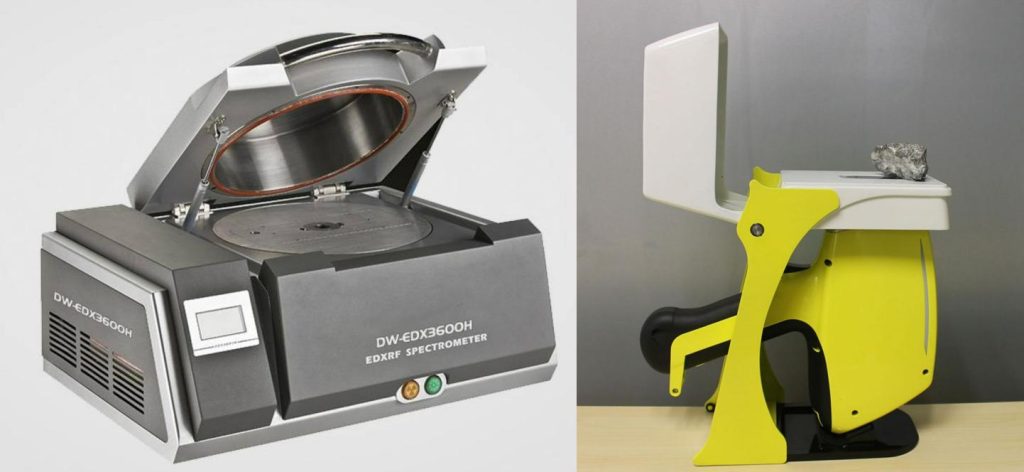
Common XRF Sample Preparation Techniques
The choice of sample preparation technique depends heavily on the nature of your sample. Here’s a breakdown of common techniques for different sample types:
Solid Samples:
- Grinding, Crushing, Milling: These techniques are used to achieve a uniform particle size for representative analysis. Solid samples are often ground into fine powders using mechanical grinders or ball mills. They are suitable for rocks, minerals, sediments, and other rigid materials.
- Pelleting: After grinding, samples can be pressed into a pellet using a hydraulic press. This creates a homogenous disc suitable for XRF analysis.
- Fusion with Flux: For some materials like ores, fusion with a fluxing agent like lithium metaborate is used. The molten mixture is then poured into a mold to create a glassy bead for analysis.
Handheld XRF analyzers are well-suited for solid samples such as metals, alloys, minerals, and ceramics, especially when portability and on-site analysis are required. Desktop XRF spectrometers are also suitable for solid samples and offer higher analytical performance, accuracy, and precision compared to handheld devices.
Liquid Samples:
- Filtration: This removes any suspended particles that might interfere with the analysis. It’s suitable for samples with particulates, such as wastewater or beverages.
- Dilution: If the concentration of the target analytes is too high, the sample can be diluted with a suitable solvent to bring it within the instrument’s calibration range.
For liquid samples such as solutions or slurries, desktop XRF spectrometers are typically preferred due to their stability, precision, and ability to accommodate liquid sample handling accessories. Handheld XRF analyzers may not be suitable for liquid samples unless specialized sample preparation techniques are employed.
Powder Samples:
- Pressing into Pellets: Similar to solid samples, powders can be compressed into pellets for homogenous analysis.
- Dilution with Binder: Powders can be mixed with a binder like wax or cellulose to create a solid matrix for analysis. This is useful for powders that are difficult to press into pellets.
Both handheld and desktop XRF spectrometers can analyze powdered samples effectively. Handheld analyzers offer portability and convenience for on-site analysis of powdered samples, while desktop spectrometers provide higher sensitivity and precision for laboratory-based powder analysis.
These are some general techniques, and the specific approach may vary depending on the instrument and the analytes of interest. It’s always recommended to consult the instrument’s manual or refer to established analytical methods for the specific sample type you’re working with.
Conclusion
In conclusion, sample preparation plays a pivotal role in the accuracy and reliability of XRF analysis results. Understanding sample characteristics, selecting appropriate preparation techniques, and implementing best practices are essential for achieving optimal analytical outcomes. By following systematic sample preparation protocols and embracing advancements in preparation techniques, researchers and analysts can unlock the full potential of XRF analysis across diverse applications, driving advancements in science, industry, and technology.

